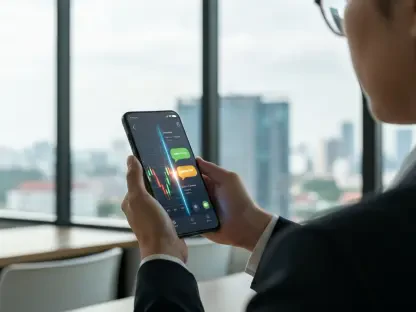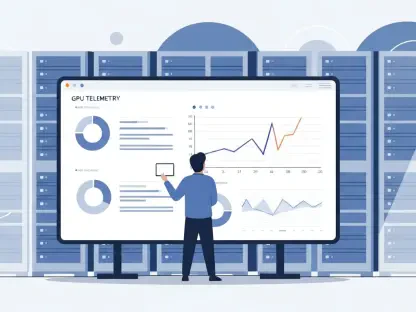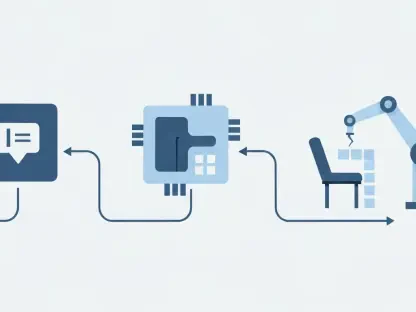Is the digital age paradoxically bogging down the user-friendly promise of modern smartphones? While technology aims to offer seamless interaction, recent events surrounding Android 16 have provoked questions about whether updates are paving or disrupting the user journey.
Unraveling the Intrigue
In the realm of smartphones, software updates are hailed as stepping stones to innovation and efficiency, yet they have started to cast shadows on device reliability. The introduction of Android 16, meant to enhance Google Pixel’s functionality, has sparked discontent among some users due to unforeseen bugs. This raises a broader concern about the balance between frequent updates and user trust. The situation underscores the dual nature of technological advancements—delivering exciting new features while potentially ushering in an array of challenges.
Where the Bugs Crawled In
Recent reports reveal that certain Google Pixel devices have encountered critical issues post-Android 16 update. Users with models like the Pixel 8, Pixel 9 Pro XL, and Pixel 6 have noticed persistent problems with navigation and gesture controls. Complaints highlight unresponsive or slow navigation commands, especially issues with the “back” function, which could significantly impede user interaction with their devices. Discussions on platforms like Reddit and X (formerly Twitter) amplify these frustrations, pointing to a noteworthy glitch in the otherwise smooth Pixel experience.
Insights from the Field
Technology experts suggest potential reasons for these bugs, ranging from integration errors to oversight in testing phases. Users’ anecdotes paint a picture of unforeseen interruptions, with some individuals resorting to temporary fixes to manage their devices. Noticeably, Google remains silent, offering no official comments on these disturbances. The lack of communication fuels speculation about the impact on customer loyalty, as users wonder if the allure of new features compensates for the instability introduced.
Navigating the Turmoil
For affected Google Pixel users grappling with these challenges, practical advice becomes crucial. Temporary fixes, such as resetting navigation settings or opting for alternative navigation methods, can provide momentary relief. Users should also consider monitoring updates before immediate installation to avoid hasty complications. Engaging with Google Support remains a viable option, as reported bugs may prompt quicker resolutions from the company. Additionally, voicing concerns through official channels can promote faster actions from Google to address widespread issues.
Reflecting on Future Steps
In the wake of these glitches, the tech community faces a crucial crossroads. Users and developers need to reflect and develop strategies to anticipate and counteract potential software flaws. The situation not only urges manufacturers to fine-tune pre-deployment testing processes but also reminds them to maintain transparent communication with their users. Moving forward, users find themselves at a juncture, needing to balance the excitement of new features with the necessity for functional harmony. By encouraging open dialogue, lessons learned serve as a foundation for fortifying user trust and ensuring smoother digital experiences.









